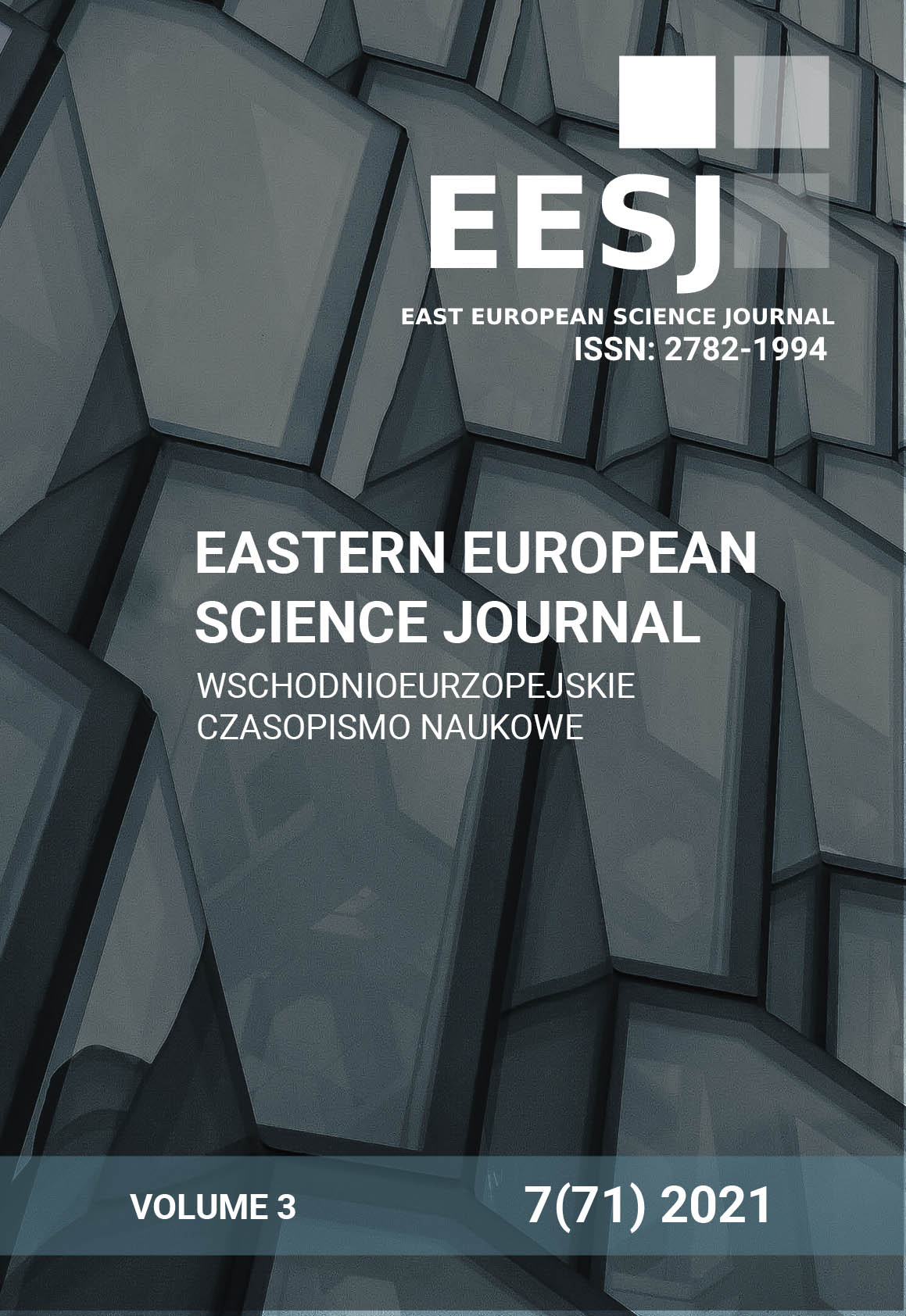THE AIMS AND ACHIEVEMENTS OF THE RUSSIAN FORMALISTS IN THE YEARS 1913-1925
DOI:
https://doi.org/10.31618/ESSA.2782-1994.2021.3.71.94Keywords:
Russian FormalismAbstract
The formalist groups which were active in Russia between the years 1913 and 1925 initiated the formalist method. This method has been shown to have had very significant consequences for the development of the humanities and to a certain degree also for the social sciences in the twentieth century. Although formalism was originally intended only as a method of research, it gave rise - even if indirectly and over many decades - to new conceptions in art and science as a whole. We will now examine the chief basic principles of Russian formalism as revealed in the sources of the period and we will look at its achievements from the vantage-point of more than a hundred years after it began.
References
Eikhenbaum= B.M. Ejhenbaum, „Teoriya «formalnogo metoda»“, Literatura: Teoriya. Kritika. Polemika, Leningrad: Priboj, 1927, str. 116-148, pereizd.: B.M. Ejhenbaum, O literature, Moskva: Sovetskij pisatel, 1987, str. 375-408.
Engelgardt= B.M. Engelgardt, Formalnyj metod v istorii literatury, Leningrad: Akademiya, 1927.
Lotman = Yu.M. Lotman, Literaturovedenie dolzhno byt naukoj, Voprosy literatury, 1 (1967), str. 90-100.
Propp= V.V. Propp, Morfologiya skazki, Leningrad: Academia, 1928. Shklovsky, “Art as Device”= V.B. Shklovskij, Iskusstvo kak priem, O teorii prozy, Moskva: Sovetskij Pisatel, 1983, pereizd. s: Moskva: Federaciya, 1929, str. 9-25.
Shklovsky, “The Relationship between Plot Construction and General Devices of Style”= V.B. Shklovskij, Svyaz priemov syuzhetoslozheniya s obshimi priemami stilya, O teorii prozy, Moskva: Sovetskij Pisatel, 1983, pereizd. s: Moskva: Federaciya, 1929, str. 26-63. Shklovsky, On Poetry and Sophisticated Language= V.B. Shklovskij, O poezii i zaumnom yazyke, Poetika. Sborniki po teorii poeticheskogo yazyka, red.-y: O. Brik, E. Polivanov, V. Shklovskij, B. Ejhenbaum, L. Yakubinskij, Petrograd: 18aya Gosudarstvennaya tipografiya, 1919, str. 13-26. Shklovsky, “The Novel as Parody: Sterne’s Tristram Shandy” = Viktor Shklovsky, “The Novel as Parody: Sterne’s Tristram Shandy,” Theory of Prose, trans. B. Sher, introd. G.L. Bruns, Dallas, Texas: Dalkey Archive Press, 1991, pp. 147-170. Tynianov, “The Literary Fact”= Yu.N. Tynyanov, Literaturnyj fakt, Poetika. Istoriya literatury. Kino, izd. i kommentarii: E.A. Toddes, A.P. Chudakov, M.O. Chudakova, Moskva: Nauka, 1977), str. 255-270.
Yakobson= K.M. Newton, ed., Roman Jakobson: Linguistics and Poetics, Twentieth Century Literary Theory: A Reader, London, Palgrave, 1997, pp. 71-77.
Zhirmunsky= I.M. Zhirmunskij, Zadachi poetiki, Teoriya literatury. Poetika. Stilistika, red.: N.A. Zhirmunskaya, Leningrad: Nauka, 1977, str. 15-55.
Zholkovsky and Scheglov, “Structural Poetics is a Giving Birth Poetics”= A.K. Zholkovskij, Yu.K. Sheglov, Strukturnaya poetika — porozhdayushaya poetika, Voprosy literatury, 1 (1967), str. 74-89. Zholkovsky and Scheglov, “Description of the Expression Devise of Verbiage”= A.K. Zholkovskij, Yu.K. Sheglov, K opisaniyu priema vyrazitelnosti varirovanie, Semiotika i informatika, 9 (1970), str. 106-150 .
Downloads
Published
Issue
Section
License

This work is licensed under a Creative Commons Attribution-NoDerivatives 4.0 International License.
CC BY-ND
A work licensed in this way allows the following:
1. The freedom to use and perform the work: The licensee must be allowed to make any use, private or public, of the work.
2. The freedom to study the work and apply the information: The licensee must be allowed to examine the work and to use the knowledge gained from the work in any way. The license may not, for example, restrict "reverse engineering."
2. The freedom to redistribute copies: Copies may be sold, swapped or given away for free, in the same form as the original.




